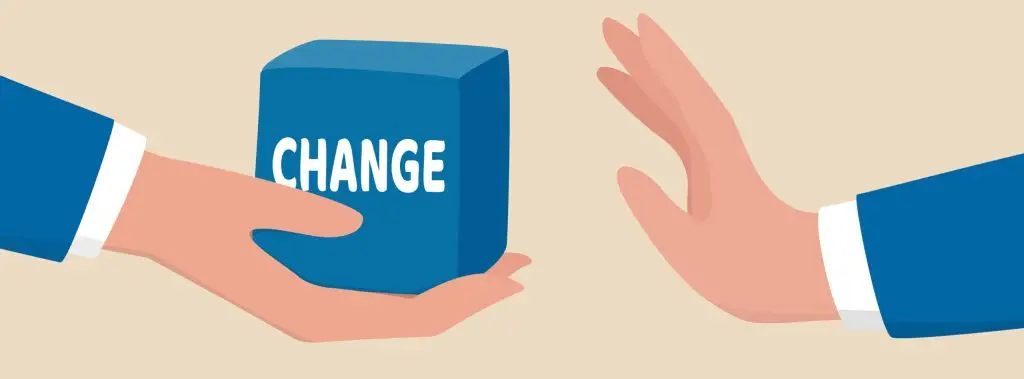Change is hard, but behavioral science provides effective tools to make it easier. In Katy Milkman’s “How to Change,” she outlines several practical strategies that can help us achieve lasting change, including gamification, temptation bundling, and fresh starts. The beauty of these strategies is that they’re simple yet powerful, and they often integrate seamlessly into our daily routines without us even realizing it.
One of the strategies that has worked wonders for me is gamification. A few years ago, I struggled to stay consistent with my fitness goals. I would start strong, but my motivation would wane after a few weeks. Then I discovered a fitness app that tracked my steps and turned it into a daily challenge. Suddenly, walking wasn’t just about exercise—it became a game. Every step earned me points, and each day was a chance to beat my previous score. This competitive element made it fun, and I found myself looking for opportunities to walk more. Within a few months, walking had become a daily habit, and I was consistently reaching my fitness goals.
Another effective strategy Katy Milkman discusses is temptation bundling, where you pair an enjoyable activity with a necessary but less enjoyable task. For instance, some people only allow themselves to listen to their favorite podcast or audiobook while exercising. This makes the workout more enjoyable and provides an extra incentive to get moving. Personally, I’ve used this strategy with tasks like household chores. I’ll put on a great playlist or a new podcast episode while cleaning, and it makes the time fly by.
However, not all strategies work for everyone. Temptation bundling can lead to overindulgence for some people, so it’s important to find the balance that works best for you. For me, fresh starts have been particularly effective. There’s something about the beginning of a new week, month, or year that feels like a psychological reset. Fresh starts provide a natural point for setting new goals and adopting new behaviors. I used this strategy when I wanted to get back into writing. I had been procrastinating on starting my Substack blog, but with the arrival of the new year, I used the fresh start effect to kick things into gear. Setting a clear goal at the beginning of the year helped me break through my inertia and get back into the habit of writing regularly.
One of the other things I’ve done is change my environment to better support my goals. For example, I wanted to reduce the amount of time I spent on my phone at night, so I set my phone to “Do Not Disturb” between 10 PM and 5:30 AM. This simple adjustment helped me wind down more effectively in the evenings and sleep better. I also started using my Alexa device to wake me up in the morning instead of my phone, so I’m not tempted to start the day by scrolling through notifications.
Incorporating these strategies into my daily life has made a big difference. The key to behavioral change is finding what works for you and sticking with it. Whether it’s gamification, temptation bundling, fresh starts, or environmental tweaks, these strategies offer practical ways to achieve lasting change.






